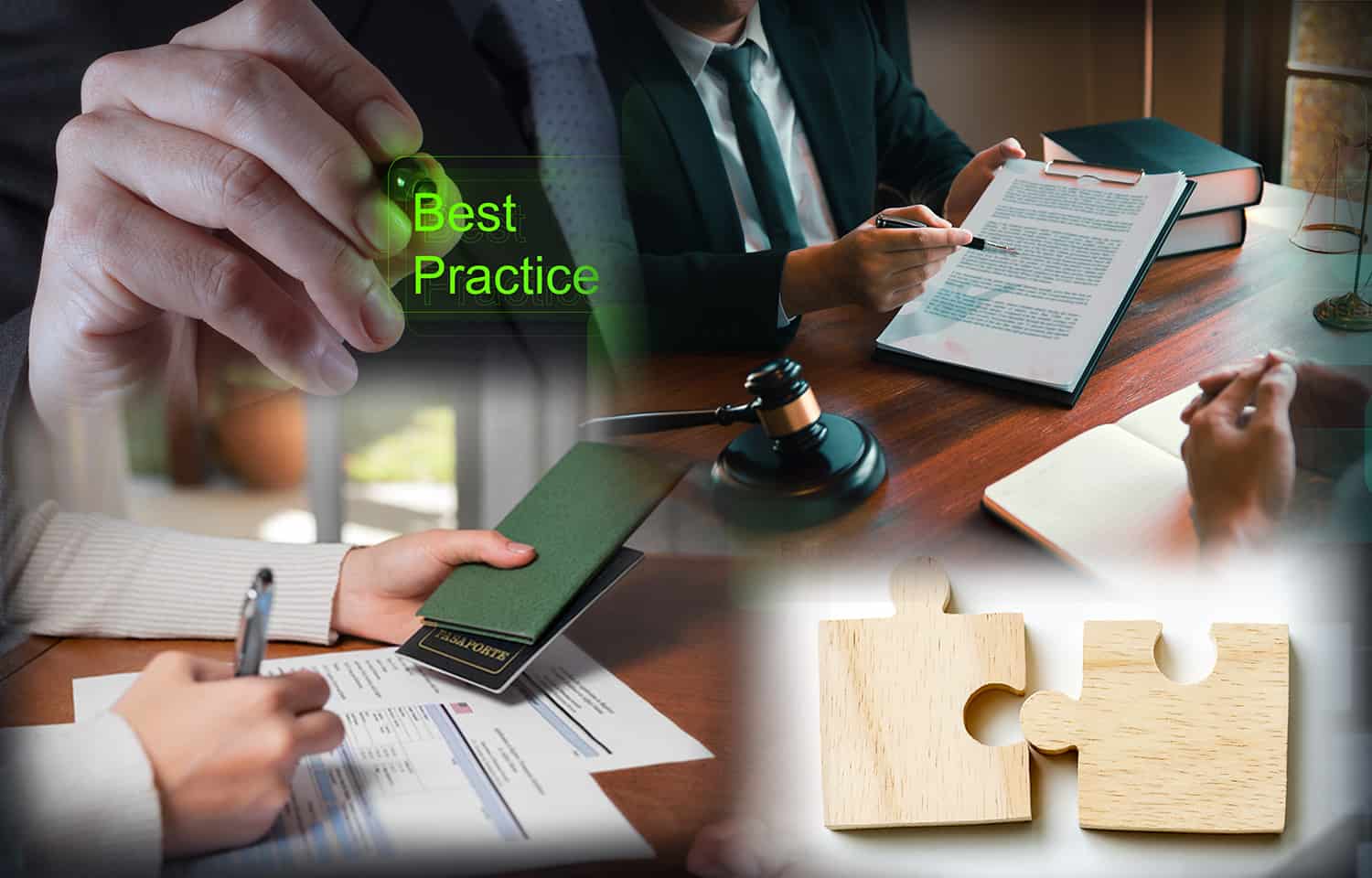6 Best Practices for Translating Legal and Official Documents

Despite its difficulty, legal translation is one of the most in-demand types of translation. It’s also one of the costliest forms of translation.
The reason is that legal documents, contracts, and government papers form a significant and integral part of our daily lives. They’re also must-have aspects for any business.
So, it shouldn’t be surprising that there is strong demand for legal translation.
But when it comes to the actual translation process, problems arise because of the challenges of legal translation.
If you’re considering becoming a legal translator or want to know what makes legal translation so hard, then you need to familiarize yourself with the best practices for translating legal documents. Which is what we’re covering in this article.
Why legal translation is important
Whether we realize it or not, we’re always getting or presenting legal documents. These can be birth, marriage, or divorce certificates. Then there are court orders, power of attorney documents, and many other legal documents that require translation.
And let’s not forget contracts between local and international companies, suppliers, freelancers, and others.
One of the main reasons legal translation is hard is because of the degree of accuracy required. An inaccurate translation of a word or phrase in a contract can result in companies paying millions in liabilities or expenses.
Who can translate legal documents?
Before we dive into the best practices for legal translation, it’s important you know who is qualified to translate legal documents and who isn’t.
While anyone can attempt to translate a legal document, they’ll encounter many challenges.
It’s because of this that many translators specialize in legal translation.
They make it their niche and ensure they’re familiar with the laws and regulations of the source and target languages and countries.
Legal translators should have the following skills and qualities:
– Skilled researcher
– Expert in at least two languages (the source and target languages)
– Familiarity with laws, regulations, and top national and international news and updates
– Familiarity with the legalese language and structure
– Familiarity with legal jargon
– Unbiased
– Experience in translating legal and official documents
Best practices for translating legal documents
Now it’s time to review legal translation best practices. These best practices are required by any language service provider you turn to, be they a freelancer or a legal translation company.
1) Familiarity with legal jargon and language
Having a strong basis and being aware of the legalese sentence structure and phrasing is essential for anyone who plans to translate a legal document.
That’s because legal jargon is among the top challenges of legal translation. Translators who are unfamiliar with legalese often struggle to provide an accurate translation, which could jeopardize a contract, agreement, or the final document.
This familiarity with legalese should cover both the source and target languages.
2) Awareness of the end-user
It’s important that the legal translator – or legal translation agency – is aware of the intended target audience for a certain document.
They should also be aware of how and where the translated legal document will be used.
3) Able to maintain confidentiality
Confidentiality is by far one of the most essential factors and best practices for legal translation.
If a translator or company isn’t able to maintain confidentiality then the result may hurt the person or company that’s getting the translation.
4) Ensure accuracy
Your legal translation service provider needs to provide a high degree of accuracy in their translation. As mentioned, legal translation is hard and mistakes can create a mess.
5) Look for a certification or certified translation
Whether you opt for a legal translation company, like TranslationPartner, or a freelancer (or group of freelancers), it’s important to review their credentials and certifications.
That’s because the majority of entities and government bodies that request translated legal documents also expect the translation to be certified.
Usually, this is in the form of a certified translation stamp, which can only be acquired via a certified legal translator or a certified translation company.
6) Has a legal expert or lawyer available
The translation process involves several stages. Legal translation is no exception. One of those stages is working with an experienced reviewer.
You should therefore consider working with a reviewer with previous legal or legal translation experience.
This offers a second and higher degree of accuracy for the translated legal document. It’s worth noting that legal translation reviewers are hard to come by.
Conclusion
Legal translation continues to be one of the hardest forms of translation. It’s one you can’t expect artificial intelligence (AI) to be able to perform any time soon.
The accuracy and knowledge of laws and regulations in more than one country and language is no easy feat. Although there are various factors that affect the cost of translation, the cost of translating legal documents specifically tends to be higher than any other form of translation.
So, what do you do when you have a legal document that requires translation?
You can either reach out to a freelancer you know who is certified and can help you. Or you can get in touch with a legal translation agency like TranslationPartner.
TranslationPartner helps businesses and individuals translate their legal documents into various languages while ensuring confidentiality and top-notch services.
Make TranslationPartner your legal translation service provider and get all your legal translation services in one place.
Whether you’re looking for Arabic legal translation services or an Arabic translation company, TranslationPartner helps you deliver accurate translations to entities that need them.
